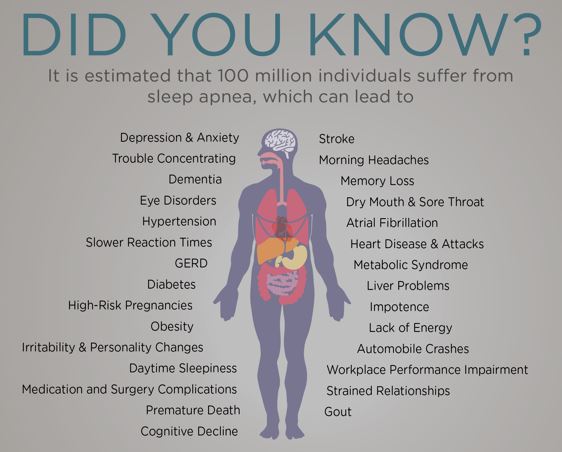The Impact of Daylight-Saving Time on Sleep Patterns: The Science Behind the Disruption
The Impact of Daylight-Saving Time on Sleep Patterns: The Science Behind the Disruption
Twice a year, most of us adjust our clocks to align with Daylight Saving Time (DST), a practice initially designed to make better use of daylight during the longer days of summer. While gaining or losing an hour might seem minor, the shift can significantly disrupt our sleep patterns, affecting millions of people. Here’s a closer look at how DST influences our sleep and the science behind these changes.
How Daylight-Saving Time Affects Sleep Patterns
When we “spring forward” in March, we lose an hour of sleep, whereas “falling back” in November gives us an extra hour. However, even this seemingly small adjustment can throw off our internal body clock, or circadian rhythm, which regulates our sleep-wake cycle.
The circadian rhythm is a 24-hour internal clock influenced by environmental cues like light and darkness. When DST shifts our exposure to daylight, our body’s natural rhythm struggles to adapt immediately. As a result, many people experience temporary sleep disturbances, such as:
- Difficulty falling asleep or waking up
- Daytime fatigue and grogginess
- Reduced alertness and cognitive performance
- Mood changes, including irritability or mild depression
For some individuals, especially those with preexisting sleep disorders, the effects of DST can be even more pronounced.
The Science of Sleep Disruption
The disruption caused by DST stems primarily from how light influences the production of melatonin, the hormone responsible for regulating sleep. Here’s how it works:
- Exposure to Light: Light exposure suppresses melatonin production, signaling to your brain that it’s time to be awake. When we set the clocks forward or back, the timing of sunrise and sunset changes, which can confuse the brain and delay or advance melatonin release.
- Sleep Debt: Losing an hour of sleep in the spring can exacerbate sleep debt—the cumulative effect of not getting enough rest. Even one hour of sleep loss can impair memory, reaction time, and overall functioning.
- Circadian Misalignment: A sudden change in schedule can misalign the circadian rhythm with the new clock time. This can result in symptoms similar to jet lag, as the body needs days or even weeks to adjust fully.
Vulnerable Populations
While DST can affect anyone, certain groups are more vulnerable to its effects, including:
- Children and Adolescents: Younger individuals often have stricter schedules for school and activities, making it harder for them to adjust to the time change.
- Shift Workers: Those who work irregular hours may already have disrupted circadian rhythms, and DST adds another layer of difficulty.
- Older Adults: Aging can reduce the flexibility of the circadian rhythm, making it harder to adapt to time changes.
- People with Sleep Disorders: Conditions like insomnia or sleep apnea can worsen with sudden schedule shifts.
Tips for Easing the Transition
- Gradual Adjustment: A few days before the time change, start shifting your sleep and wake times by 10-15 minutes each day.
- Maximize Light Exposure: Spend time outdoors during daylight hours to help reset your internal clock.
- Maintain Consistent Routines: Stick to regular bedtimes and wake-up times, even on weekends.
- Limit Evening Stimulants: Avoid caffeine, alcohol, and electronic devices in the hours leading up to bedtime.
- Create a Relaxing Environment: Ensure your bedroom is dark, quiet, and cool to promote restful sleep.
The Debate on Daylight Saving Time
Given the potential health impacts, there is ongoing debate about whether DST is still necessary. Some experts argue that the disruption to sleep and overall well-being outweighs any benefits, prompting discussions about adopting a permanent standard time.
Comprehensive Sleep Care Center: Helping You Sleep Better
If you’re struggling with sleep disturbances, whether due to Daylight Saving Time or other issues, Comprehensive Sleep Care Center can help. With 10 convenient locations, their team of specialists offers personalized care to address a variety of sleep disorders, including insomnia, sleep apnea, and circadian rhythm disruptions. From diagnostic testing to tailored treatment plans, they are dedicated to helping you achieve better sleep and overall well-being.
While Daylight Saving Time was originally implemented for practical reasons, its effects on our sleep and overall health cannot be ignored. Understanding the science behind these disruptions and taking proactive steps to ease the transition can help mitigate its impact. As discussions about the future of DST continue, one thing remains clear: sleep is a critical component of health, and protecting it should be a priority for everyone.

